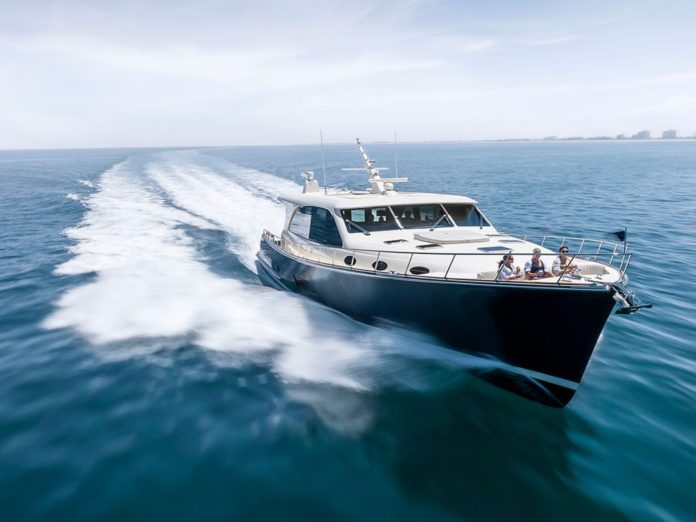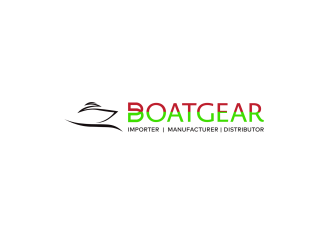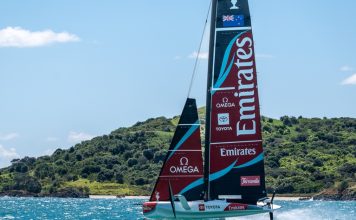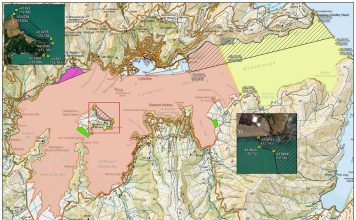The Phantom Powerboats F2 War Machine was never meant to play it safe. Built in Tauranga by Nic de Mey Yachts, it is the lightest, most experimental ski-race boat to ever wear the Phantom badge. Every part of its design, down to the resin ratios and ballast layout, exists to test the edge of what’s possible before the 2027 World Championships.
“It’s one big experiment, trying new things, refining existing things,” Nic de Mey said when announcing the project in June. For the veteran builder and racer, this boat is not just another build. It is a factory prototype that doubles as a floating laboratory for the next generation of high-performance F2 hulls.
A platform for innovation
The Phantom F2 line already holds a reputation for world-class engineering. Each hull is vacuum-infused carbon over foam, fitted with twin 300-litre ballast tanks and Mercury’s 300R engine. The design meets IWWF Formula 2 regulations while offering the strength and precision that elite skiers demand. War Machine takes that foundation and strips it back to the essentials.
De Mey’s goal was to reduce weight and push rigidity to new extremes. The hull and internal structure are 100 percent carbon, including the transom and ski-pole mount. Infusion time for the hull was recorded at just over 36 minutes, a precise process that ensures a perfect resin-to-fibre ratio. Every component, from the fuel tank to the deck reinforcement, was weighed, logged, and analysed for performance gain.
From design table to testing ground
Development updates revealed the evolution of an idea becoming reality: carbon lay-ups, vacuum-bagged sections, and the eventual black-on-black finish that inspired the boat’s name.
By late August, War Machine was ready for its first flowcoat, complete with HDPE welded fuel tank, twin 4000-gallon aft pumps, and twin 2200-gallon forward pumps. Despite the advanced systems, the hull still came in lighter than any previous Phantom.
The first water test came at the NZ Bridge 2 Bridge Waterski Classic in November 2025. The team logged two clean time-trial runs and a solid showing in the long race. “New boat for the Bridge to Bridge. Only ran it for the first time yesterday, had two very clean runs in the time trials today. Down on speed, but we will see how we go tomorrow.”
Built by racers, for racers
De Mey’s approach blends engineering precision with on-water intuition. Having raced ski boats for more than 30 years, he understands how hull stiffness, spray angle, and engine placement translate to performance under pressure. “I drive race boats myself. I know what works,” he told Boating New Zealand in our exclusive interview. That insight has shaped every Phantom F2, but War Machine amplifies it.
Phantom Powerboats’ wider philosophy also extends beyond elite competition. In May, the company announced its acquisition of the Bullet 1850 moulds, promising an entry-level model to complement the high-end Phantom F2. The two projects share a common goal: to keep Kiwi innovation at the forefront of global waterski racing.
Toward the 2027 Worlds
As of late 2025, War Machine continues its factory-led development programme. Every race becomes a data session; every setup change feeds back into new lay-ups and tooling refinements. What emerges from this process will influence the next generation of Phantom hulls heading to the 2027 World Championships.
For now, the black-carbon War Machine stands as a statement of intent: a Kiwi-built, full-carbon experiment born from thirty years of obsession and a refusal to settle for average.























